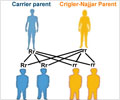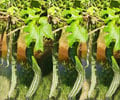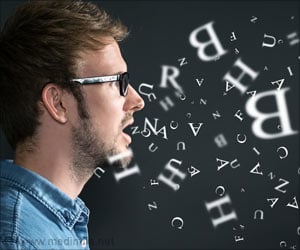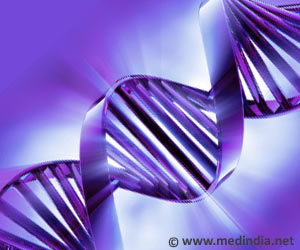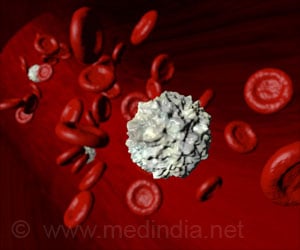Detecting jaundice in newborn babies does need blood tests anymore, only it requires a smartphone, which costs less than a tenth of the commercial device.

TOP INSIGHT
A new smartphone application called neoSCB is as good as commercial devices currently recommended to screen for severely jaundiced newborns.
Everything You Need to Know About Jaundice
Jaundice is common in newborns where the skin and whites of the eye turn yellow and is usually harmless. The yellowness is caused by a substance called bilirubin, which in severe cases can enter the brain, leading to death or disabilities such as hearing loss, neurological conditions such as athetoid cerebral palsy, and developmental delays.Every year severe jaundice causes about 114,000 newborn deaths and 178,000 cases of disability worldwide, despite it being a treatable condition. Newborns in low- and middle-income countries are typically at a greater risk of severe jaundice, or neonatal hyperbilirubinemia, because of the lack of resources required for screening.
Keeping these facts researchers were working towards an easy way to detect jaundice in babies.
Effective Way of Detecting Jaundice in Newborns
For the large-scale study, the team tested over 300 babies with the app, which analyses images taken on a smartphone camera to quantify the yellowness of the white part of the eye (sclera) – a sign of neonatal jaundice.Analyzing the yellowness of the eye just by looking is unreliable, and the neoSCB app can give the early diagnosis of neonatal jaundice requiring treatment.
The study compared the effectiveness of the neoSCB app with conventional screening methods. Of the 336 babies tested by the app, 79 were severely jaundiced newborns, and the app correctly identified 74 of them.
This is in line with the accuracy of the most common conventional screening method, a non-invasive device known as a transcutaneous bilirubinometer, which correctly identified 76.
The transcutaneous bilirubinometer works by measuring the yellow pigment under the newborn’s skin to give a measure of jaundice levels. All screening results are then followed up by blood tests to determine the type of treatment required.
Technology Can Save the Lives of Newborns
The neoSCB method was acceptable to mothers in urban and rural communities where the study was conducted. Mothers easily devised ways to keep the baby’s eye open, most often by initiating breastfeeding.This app has the potential to prevent death and disability worldwide in many different settings. It will reduce unnecessary hospital visits and potentially empower community health workers and parents to care for newborn babies safely.
In total, 724 newborns aged between 0 and 28 days were initially considered for the study. The 336 whose datasets were used for the paper had had no prior treatment for jaundice.
Babies who were born at less than 35 weeks, were critically ill, or had a very low birth weight were excluded from the final study. The app was tested with frontline healthcare workers and the babies’ mothers, who provided feedback on the usability of the app.
The study was supported by the Saving Lives at Birth consortium and the EPSRC UCL Centre for Doctoral Training in Intelligent Integrated Imaging in Healthcare.
Source-Medindia
 MEDINDIA
MEDINDIA
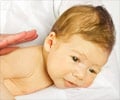

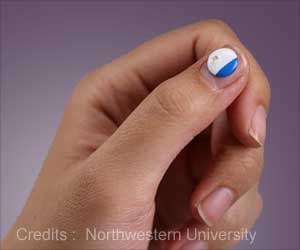

 Email
Email


